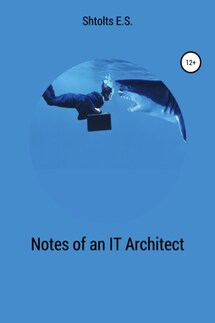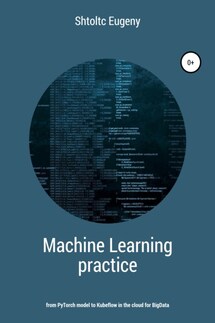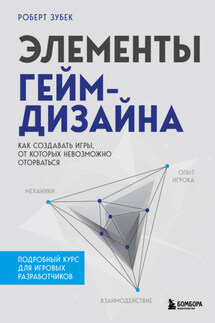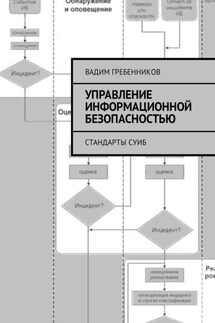IT Cloud - страница 18
** CNI (Container Networking Interface) – work with the network.
Portainer
The simplest monitoring option would be Portainer:
essh @ kubernetes-master: ~ / microKubernetes $ cat << EOF> docker-compose.monitoring.yml
version: '2'
>
services:
portainer:
image: portainer / portainer
command: -H unix: ///var/run/Docker.sock
restart: always
ports:
– 9000: 9000
volumes:
– /var/run/Docker.sock:/var/run/Docker.sock
– ./portainer_data:/data
>
EOF
essh @ kubernetes-master: ~ / microKubernetes $ docker-compose -f docker-compose.monitoring.yml up -d
Monitoring with Prometheus
Monitoring – maintaining the continuity of work, tracking the current situation (identifying, localizing and sending about the incident, for example, in SaaS PagerDuty), predicting possible situations, visualization, building models for the normal operation of IAOps (Artificial Intelligence For It Operations, https: //www.gartner .com / en / information-technology / glossary / aiops-artificial-intelligence-operations).
Monitoring contains the following steps:
* identification of the incident;
* notification of the incident;
* localization;
* decision.
Monitoring can be classified by level into the following types:
* infrastructure (operating system, servers, Kubernetes, DBMS),;
* applied (application logs, traces, application events),;
* business processes (points in transactions, traces of transactions).
Monitoring can be classified according to the principle:
* distributed (traces),;
* synthetic (availability),;
* IAOps (forecasting, anomalies).
Monitoring is divided into two parts according to the degree of analysis: logging systems and incident investigation systems. An example of logging
serves as ELK stack, and incident investigation – Sentry (SaaS). For micro-services, a tracing system is also added.
requests such as Jeger or Zipkin. The logging system simply writes all the logs that are available.
The incident investigation system writes much more information, but writes it only in case of errors in the application, for example,
environment parameters, versions of installed packages, stack trace and so on, which allows you to get maximum information when viewing
by mistake, rather than collecting it piece by piece from the server and the GIT repository. But the set and format of information depends on the environment, therefore
the incident system needs to be integrated with various language platforms, and even better with specific frameworks. So Sentry
poisons environment variables, a piece of code and an indication of where the error occurred, parameters of the program and platform
environments, method calls.
Ecosystem monitoring can be divided into:
* Built into Cloud Cloud: Azure Monitoring, Amazon CloudWatch, Google Cloud Monitoring
* Provided as a service with support for various SaaS integrations: DataDog, NewRelic
* CloudNative: Prometheus
* For dedicated servers OnPremis: Zabbix
Zabbix was developed in 1998 and released to OpenSource under the GPL in 2001. At that time, the traditional interface:
without any design, with a lot of tabs, selectors and the like. Since it was developed for
own needs, it contains specific solutions. He is oriented
monitoring devices and their components such as disks, networks, printers, routers and the like. For
interactions can be used:
Agents – installed on servers, collecting many metrics and poisoning Zabbix server








